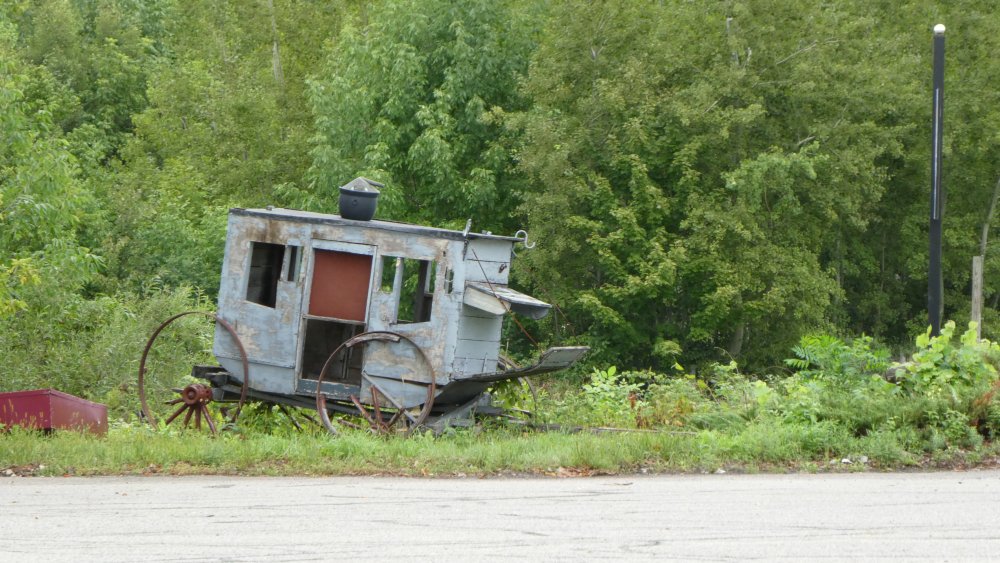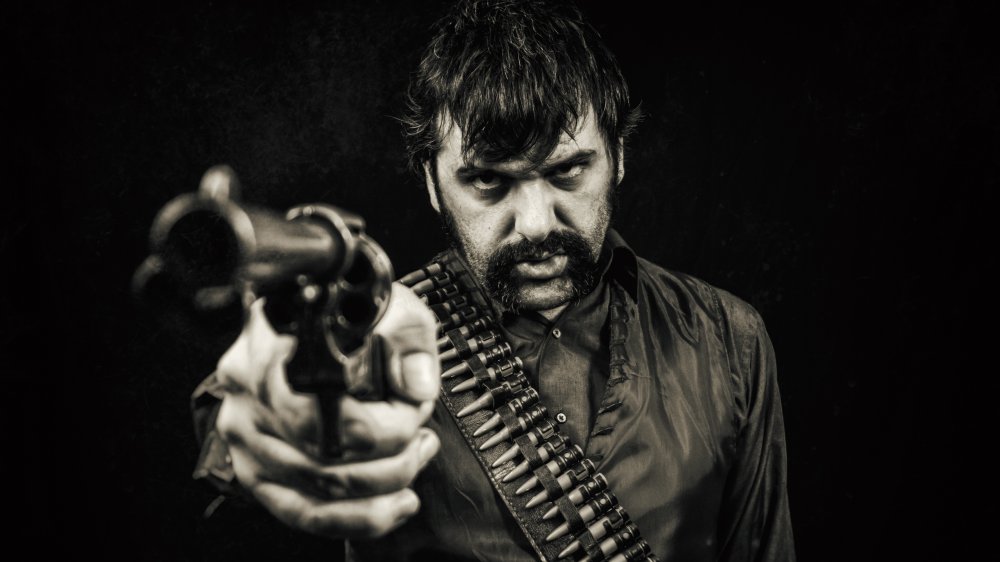The Painful Truth About Stagecoach Travel In The Old West
Ah, the Old West, when men were men and women were women and you could tell the hero from the villain by the color of the hats. Ah, the Old West, before the invention and common use of things like deodorant, mouthwash, shampoo, and without frequent (let alone daily) access to things like showers, bathtubs, or perhaps even a wash basin. Or laundry facilities. Or daily changes of clothing. Or any of a hundred other things we take for granted in the United States today.
All of those things should be remembered when the romance of stagecoach travel comes to a grinding halt and reality rears up. Stage travel was one way to get from Point A to Point B or even Q in the Old West — stage companies hired drivers, guards, and set up waystations along the route for changes in horses and brief rest periods, perhaps even a meal. But as True West Magazine tells us, passengers were often packed together in ways that made good friends of total strangers, whether they wanted to be or not. A simple stage supposedly held up to nine adult passengers, but that was if everyone's legs and knees were intertwined.
No shampoo, either
And a stage could carry more people, providing the rider was willing to cling to the railings amid luggage lashed to the top. A stage moved at a fair gait, depending on the terrain, of course — we're talking dirt paths, and an unpaved road, at best. Some stages covered over 100 miles in a day. For a particularly grueling uphill grade, the horses were at a slow walk and passengers had to get out and walk themselves, to lessen the load. Those were the times when the stage was most vulnerable to robbery. Unlike the movies, nobody wanted to chase a stagecoach on a horse at a dead run when you could calmly step in front of it while it was inching along. Robberies were not uncommon, but they weren't the norm, either. Stage passengers could be victims, but usually thieves were after money or gold being transported, especially by stages operated by Wells, Fargo. Stagecoaches usually had a driver and also an armed guard armed with a sawed-off .12-gauge — hence "riding shotgun" — but even so, that wasn't always deterrent. The coaches themselves were not always the enclosed vehicles seen in movies — often they had canvas sides stretched over supports; though there were springs, the coaches' had little or nothing in the way of shock absorbers, and no windows to let fresh air in or keep dust or weather out.
Despite what the movies might tell us, all in all, it was a miserable, messed up way to travel.

